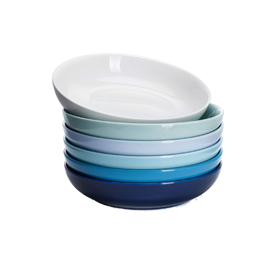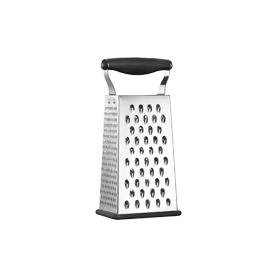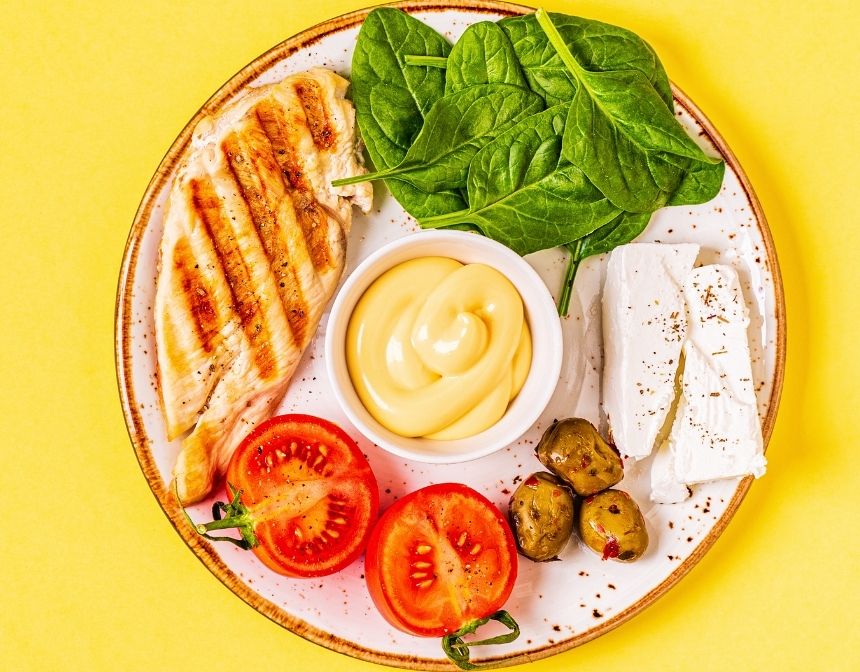What is Kimchi?
Kimchee is a staple side dish in Korean cuisine made with salted and fermented vegetables like Napa cabbage, Korean radish, and lots of traditional seasonings.
There are about 200 different types of kimchi depending on the quality, type, and ratio of the seasoning and main ingredients, and each family tends to have their own recipe based on the regional flavors of their hometown.
What to Serve with Kimchi?
While generally a side dish, homemade kimchi can also be eaten as is by itself for a delicious, nutrient-dense snack or meal.
Kimchi can be served with main dishes like rice, grain bowls, stews, scrambled eggs, fried fish, grilled steak, deviled eggs, omelette, breaded pork chops, potato salads, French fries, etc.
Here are some our delicious recipes that you can serve with Kimchi:
How to Store Kimchi?
Homemade kimchi is super easy to store. Just add it to a sealed glass jar or container and transfer it to the refrigerator. The refrigerator slows down the fermentation process to make it last longer (up to six months when stored properly).
Kimchi can also be frozen in plastic bags or freezer-safe airtight containers. Divide into several portions and store in the freezer.















































